

Exploring our past to sort out myth from reality
Share this Page on
Facebook or Twitter

These are the voyages of the TimeShip Anachron.
Our Mission: To boldly explore the past, dispelling
mythinformation and mythconceptions
of American History along the way.
 Visit us on Facebook
Visit us on Facebook
Meet MythAmerica: SNAPSHOT
Hiding in Plane Sight:
Camouflaging the Homeland in WW2
I’ve always been fascinated by the camouflage techniques “built in” to some animal species to protect them from predators. (And/or to help them sneak up on prey!) See if you can spot the critters in these photos.
Seahorse
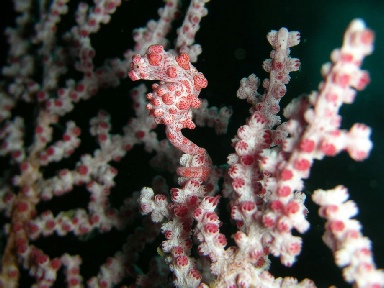
Owl
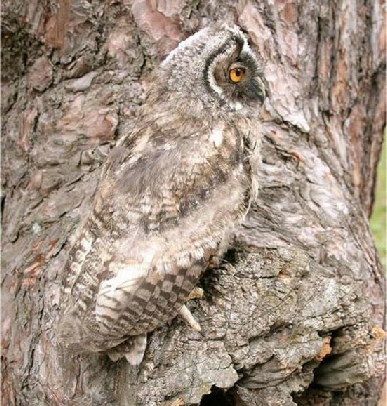
Moth
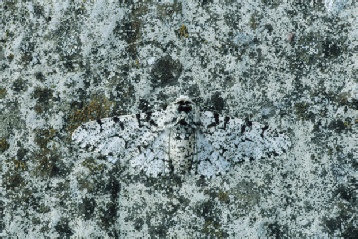
Leopard
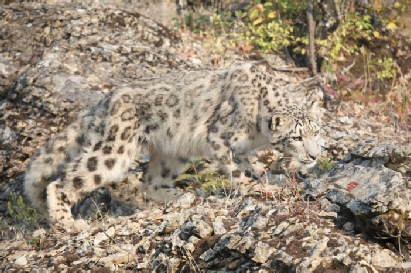
Leaf-
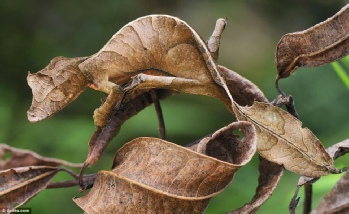
Fish
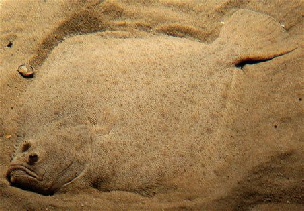
Humans were not created with very effective camouflage characteristics. We’ve had to rely on our own creativity to manufacture camouflage when we need it. This is the story of one of mankind’s weirder efforts at such deception.
It’s February, 1942. US Navy Monitors have just tracked a Japanese submarine skulking just outside of San Francisco. A few nights later, a Japanese submarine surfaces off the coast of Santa Barbara and fires a few shells at an oil storage facility. With the memories of Pearl Harbor from last December still fresh, the threat of a Japanese invasion is palpable.
Enter Lt. Gen. John L. De Witt, head of Western Defense Command. He is tasked with the daunting order to implement ‘passive defense measures’ for all vital installations along the Pacific coast. Executing such an order fell to Col. John F. Ohmer who was stationed at March Field, about 60 miles east of downtown Los Angeles. Camouflage California was on. [Source]
Wait a minute. You’ve no doubt seen “people” in “camouflage clothing” (Military folks as well as just plain ol’ hunters.)
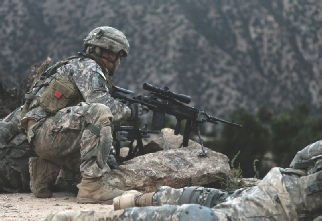
And you likely knew that planes and tanks and jeeps are typically camouflaged in wartime.
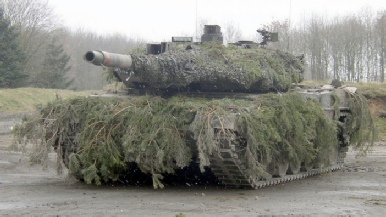
But that’s just a matter of covering their surfaces with splotches of earthy-
Colonel Ohmer, who commanded a camouflage training center at March Field, was a pioneer in camouflage, deception and misdirection techniques. During the Battle of Britain in late 1940, when the full force of the Luftwaffe was attempting to bring England to her knees, Ohmer visited England and witnessed first-
In addition to his team at March Field, Ohmer received help from the movie studios in Hollywood. MGM, Disney, 20th Century Fox, Paramount, Universal, all heeded the call; offering up their set designers, painters, landscape artists, carpenters, lighting experts and prop men.
The colonel and his crews began applying Hollywood techniques to camouflage some 34 air bases to include the planting of fake foliage and structural cover. Concurrently, Ohmer set out to conceal key factories and assembly plants that would be likely targets for a Japanese assault on the Pacific Coast. Facilities included the Douglas Aircraft plant in Long Beach, and the Lockheed-
LOCKHEED


The Lockheed-
Maintaining the illusion of a neighborhood required careful timing and planning. The suburb had to show signs of life and activity. To do this, workers occasionally emerged to relocate automobiles, and through hidden trap doors in the canopy, appeared to take walks on hidden catwalks and pretended to do maintenance work. [Source]
What had been runways and production buildings and terminals and massive parking lots now looked, from above, like nothing more than an ex-
The main Lockheed plant and runways were made to appear as grain fields and houses, and the parking lot was covered over with netting to appear as alfalfa fields. In addition, an extensive smoke screen system was installed to hide the plant under smoke. [Source]
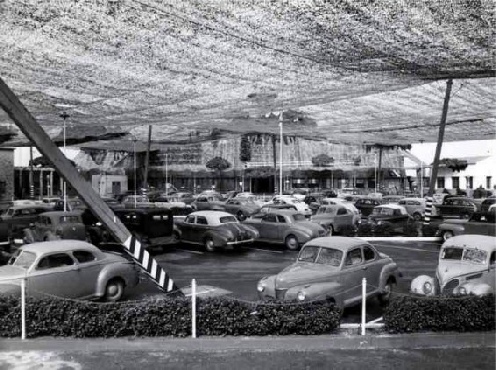

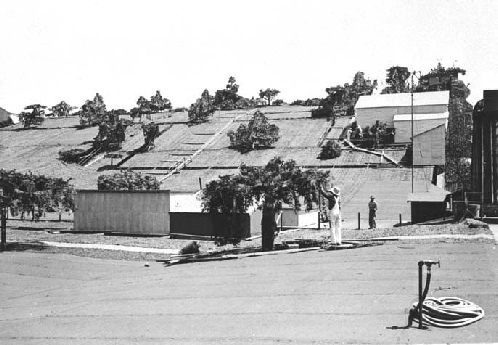

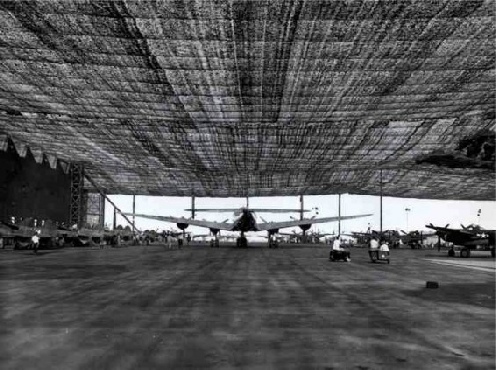
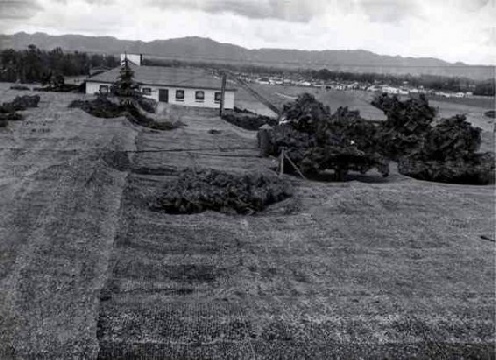
BOEING
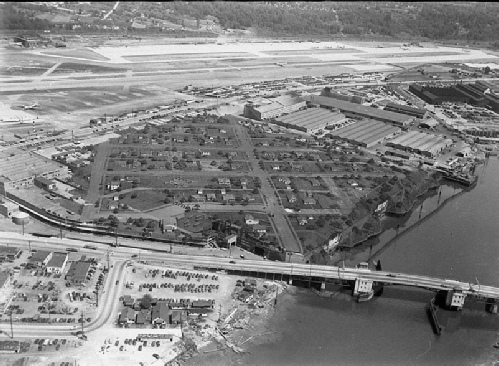
Above is the "suburb" covering the Boeing plant in Seattle.
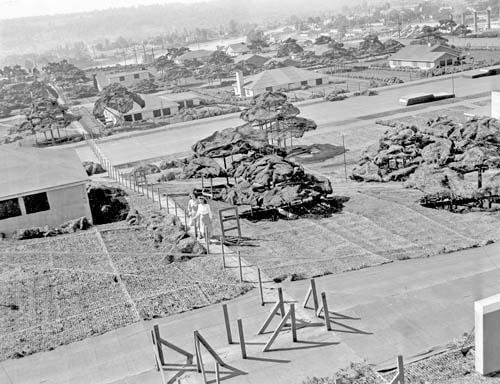
Joyce Howe and behind her Susan Heidreich walking over the camouflaged Boeing plant Number 2. Joyce was a receptionist for Boeing's engineering department and the woman behind her is her good friend who worked in another division at Boeing. Under this detailed walkable camouflage roof of fake housing, Boeing B-
were being produced in 1942-
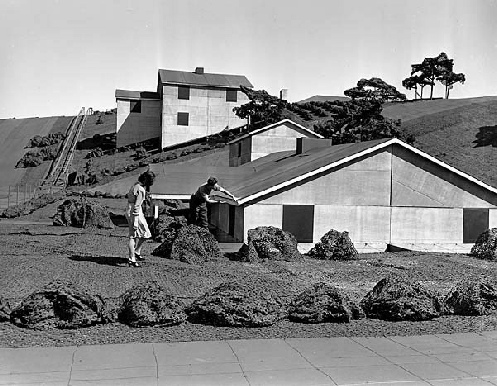
DOUGLAS AIRCRAFT
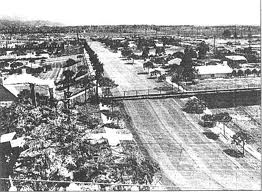
The above photo, taken in 1944, appears to be an aerial view of a residential neighborhood, but it is actually a life-
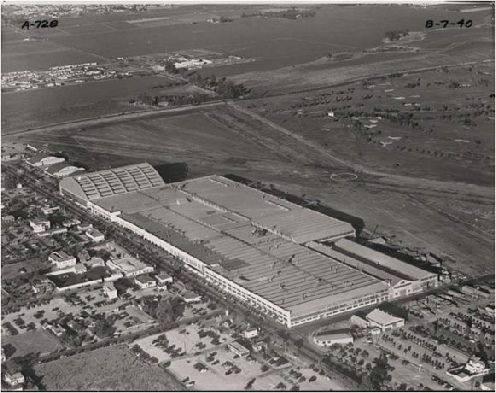
Following is an excerpt from a Los Angeles Times news article dated August 4, 2002: "With World War II raging in Europe, [Donald] Douglas realized well before Pearl Harbor that his plant was a sitting duck for an air attack. He didn't wait for the government to protect him; he took the controls. Douglas asked his chief engineer and test pilot, Frank Collbohm, and a renowned architect, H. Roy Kelley, to devise a way to camouflage the plant. (Later Collbohm would found Rand Corp. and Kelley would design its headquarters.)
Together with Warner Bros. [motion picture] studio set designers, they made the plant and airstrip disappear -
Almost 5 million square feet of chicken wire, stretched across 400 tall poles, canopied the terminal, hangers, assorted buildings and parking lots. Atop the mesh stood lightweight, wood-
Tanker trucks spewed green paint on the runway [of the aircraft plant] to simulate a field of grass. Streets and sidewalks were painted on the covering to blend into the adjacent Sunset Park neighborhood of modest homes that housed the Douglas employees.
The tallest hanger was made to look like a gently sloping hillside neighborhood.
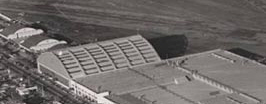
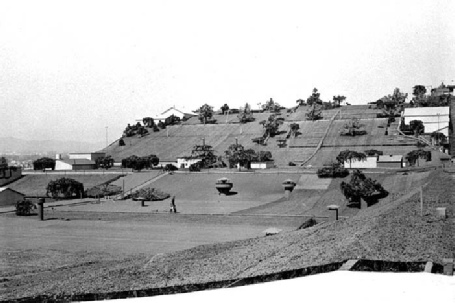
Designers even matched up the painted streets with the real ones.
When they were done, the area was so well disguised that pilots had a hard time finding [nearby] Clover Field. Some of them landed at nearby airstrips instead, protesting that someone had moved the field. Douglas adapted. When planes were due, he stationed men at each end of the runway to wave red flags like matadors. Eventually, signalmen were replaced with white markers painted on the hillsides.
The facade was such a success that Warner Bros. replicated it, fearing that its motion picture studio looked like an aircraft plant from the air.
The simulated neighborhood became such a part of the community that, when Douglas Aircraft shed its disguise in July 1945, it was as if a landmark had been destroyed." [Source]
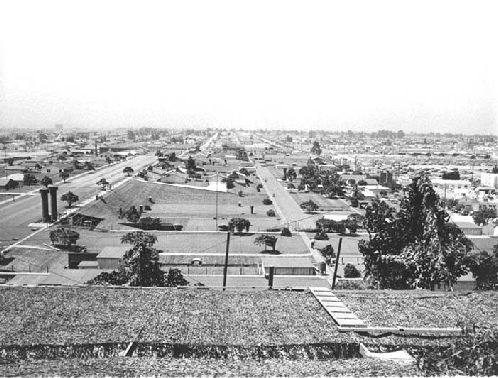
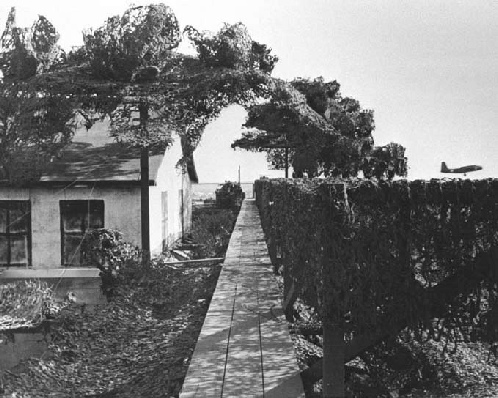
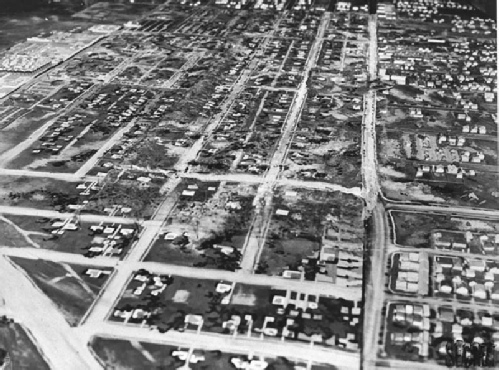
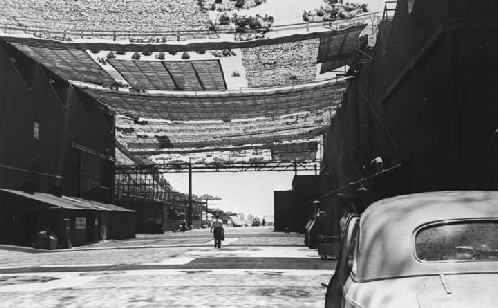
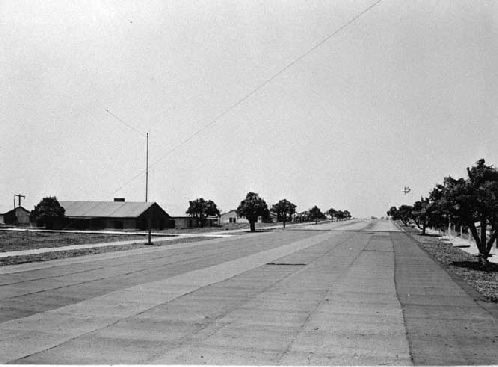

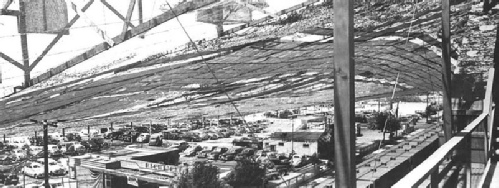

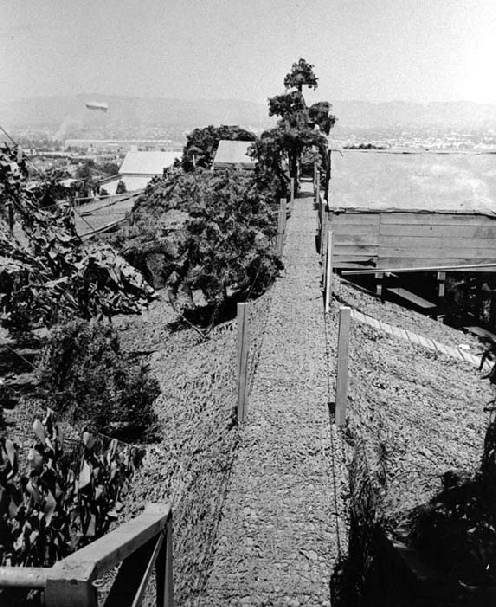
Although the designers may have at times used rubber “inflatable” vehicles to make these scenes look more believable, they didn’t resort to inflatable people…
Actors were hired to inhabit these spaces. Their simulated picnics, yard care and evening strolls completed the charade. As it had in Hollywood, the pantomime of real life became a serious occupation. Fake neighborhoods and enacted leisure were placed like a disguise over the factory floors where weapons technology and industrial labor…were the order of the day. [Source]
There’s a famous World War 1 poster, designed to “guilt” men into volunteering for military service.
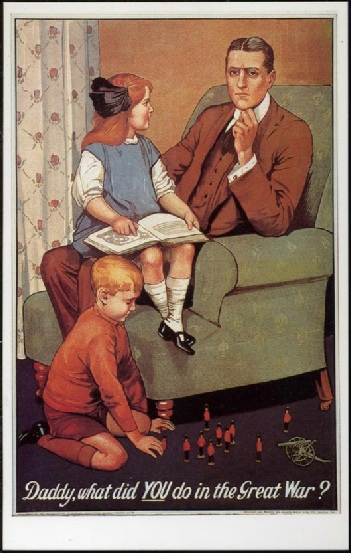
Think about the guy whose war-
I guess he could say he was involved in “deceiving the Japanese war machine”!